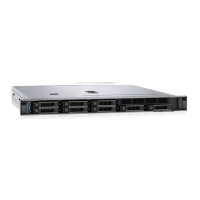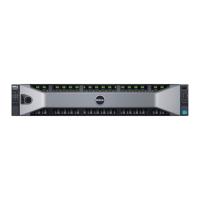Table 31. System Setup Main Menu (continued)
Option Description
Device Settings Enables you to configure device settings for devices such as
storage controllers or network cards.
Service Tag Settings Enables you to configure the System Service Tag.
System Information
To view the System Information screen, power on the system, press F2, and click System Setup Main Menu > System
BIOS > System Information.
Table 32. System Information details
Option Description
System Model Name Specifies the system model name.
System BIOS Version Specifies the BIOS version installed on the system.
System Management Engine Version Specifies the current version of the Management Engine firmware.
System Service Tag Specifies the system Service Tag.
System Manufacturer Specifies the name of the system manufacturer.
System Manufacturer Contact Information Specifies the contact information of the system manufacturer.
System CPLD Version Specifies the current version of the system Complex Programmable
Logic Device (CPLD) firmware.
UEFI Compliance Version Specifies the UEFI compliance level of the system firmware.
Memory Settings
To view the Memory Settings screen, power on the system, press F2, and click System Setup Main Menu > System BIOS
> Memory Settings.
Table 33. Memory Settings details
Option Description
System Memory Size Specifies the size of the system memory.
System Memory Type Specifies the type of memory installed in the system.
System Memory Speed Specifies the speed of the system memory.
Video Memory Specifies the size video memory.
System Memory Testing Specifies whether the system memory tests are run during system boot.
The two options available are Enabled and Disabled. This option is set to
Disabled by default.
Memory Operating Mode This field selects the memory operating mode. This feature is active
only if a valid memory configuration is detected. When Optimizer Mode
is enabled, the DRAM controllers operate independently in 64-bit mode
and provide optimized memory performance. When Dell Fault Resilient
Mode (FRM) is enabled, a percentage of the total installed memory is
configured to create a fault resilient zone starting from lowest system
memory address for use by select hypervisors for host virtualization
resilience. Specify the FRM percentage by using the Fault Resilient
Mode Memory Size[%] feature. When Dell NUMA Fault Resilient Mode
(FRM) is enabled, a percentage of the installed memory in every NUMA
node is configured to create a fault resilient zone for use by select
32 Pre-operating system management applications

